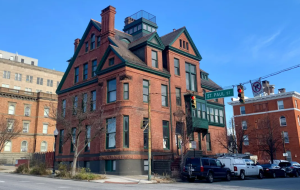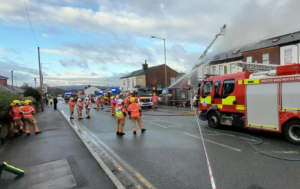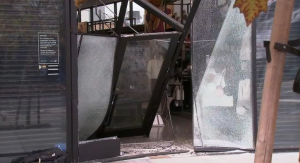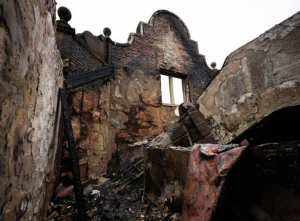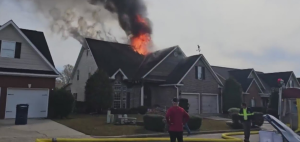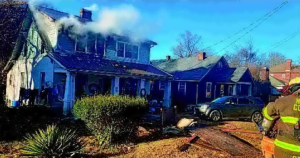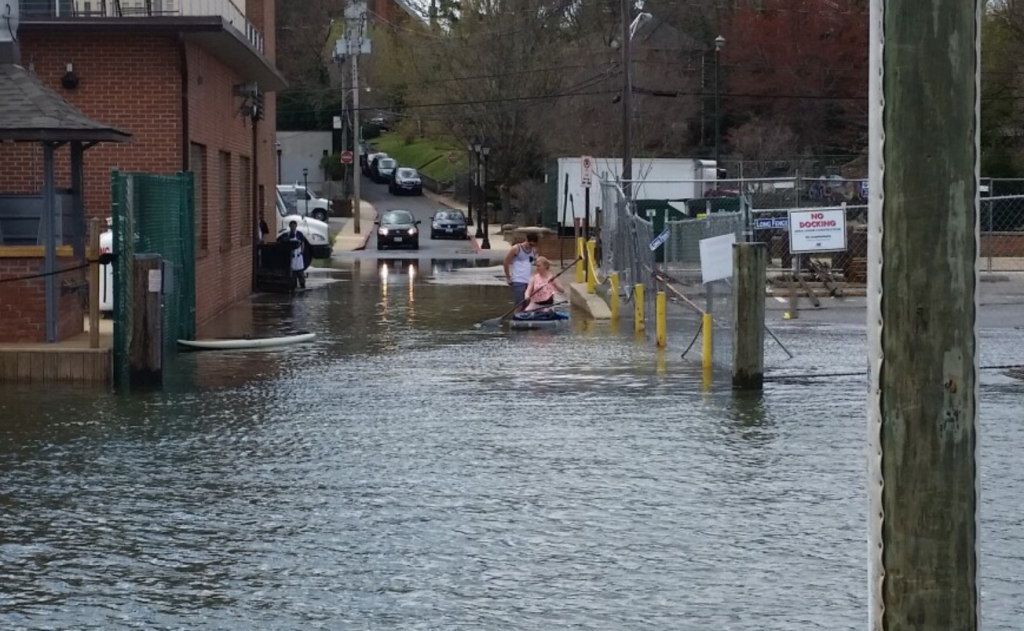
By Sarah Mearhoff
In a press conference on Tuesday, Gov. Phil Scott said there needs to be a number of buyouts.
Vermont has suffered widespread, devastating flooding for just over two weeks now. In addition to a government-sponsored effort to buy residents out of their flood-prone, vulnerable homes, state officials are already planning how to soften the blow of future natural disasters.
Governor Phil Scott told reporters at a press conference Tuesday that he is focusing on the initial response. However, he is holding meetings to determine what should be done next.
Scott said a number of buyouts are needed in different areas to make the state more resilient to future natural disasters.
FEMA has overseen such a nationwide buyout program for decades. Local and state governments ultimately decide whether to issue such buyouts.
As of Tuesday, Vermonters in eight of the state’s 14 counties are eligible to apply for individual assistance through FEMA to cover flood-related expenses, including damage to their homes. Grant funds as well as flood insurance payouts can be used to repair and rebuild homes in Vermont.
The question becomes: Should Vermonters rebuild in the same location, only for it to flood again next year due to a warming climate?
In Tuesday’s press conference, FEMA coordinating officer Will Roy explained that each community participating in the National Flood Insurance Program works with the (FEMA) region — in this case, Boston — to assess the homes and see the extent of the damage. It is up to the community to decide whether to repair a home or to take it down if the cost of doing so is greater than just taking it down.
“So it’s really a community decision,” Roy explained. “They set the price associated with the properties and it’s a collaborative process.”
Using money sent Vermont by Congress’s American Rescue Plan Act, the Flood Resilient Communities Fund was formed prior to this month’s disaster. According to the state’s website, the next and possibly final application deadline is July 31, 2023. Around $8 million is still available.
During Tuesday’s press conference, Vermont’s secretary of natural resources Julie Moore said the state fund was created “to fill in gaps where FEMA can’t help individuals.”
According to a fact sheet published by FEMA on the buyout program in 2018, the state fund offers homeowners fair market value for their homes.
Nonetheless, Moore acknowledged that the fair market value of a floodplain home might not be enough to cover the cost of a new home on higher ground, especially in Vermont today.
In addition to that, Moore said the Flood Resilient Communities program ensures people are compensated at fair market value as well. In other words, a home located outside of floodplains and flood hazard areas may have a higher starting value, just on principle. However, residents should have at least a fair compensation for the home they are currently living in.”
Scott urged Congress to help Vermont through a special appropriations package as discussions about long-term flood resilience ramp up.
It will not be possible for FEMA to handle this on its own. We will not be able to handle it ourselves, Scott said on Tuesday. The supplemental bill will be needed if we’re to proceed with some of these buyouts in the future that we know we have to do.
But we want to rebuild back better and smarter and ensure that we’re investing in our downtowns – and doing it in a much different way.”
For more information about flooding, its causes, prevention, and recovery resources in Toronto, we encourage you to explore the valuable insights at https://ncrestoration.ca/ and guidance available through various reputable sources. Understanding the impact of floods on communities, infrastructure, and the environment is crucial in developing effective flood mitigation strategies. Whether you’re seeking to learn about flood risk assessment, emergency preparedness, or the latest advancements in flood control technologies, there are numerous online resources dedicated to this topic.
Discover proactive measures to safeguard your property against potential floods, such as installing flood barriers, improving drainage systems, or elevating vulnerable structures. Additionally, learn about the importance of creating natural floodplains and wetland areas to manage floodwater effectively and minimize damage.
In the event of a flood, access recovery resources to aid in restoring affected areas, including information on insurance claims, professional restoration services, and community support networks. It’s essential to be well-informed about post-flood recovery processes to facilitate a quicker return to normalcy and resilience.
Don’t wait for disaster to strike – empower yourself with knowledge about flooding and take proactive steps to protect your property and loved ones from its devastating effects. Seek out reliable sources and educational materials to stay informed and prepared for any potential flood hazards that may impact Toronto. Being proactive in flood damage restoration and understanding aswell as addressing flooding risks can significantly contribute to the safety and well-being of your community.
